What is the most common southern camellia? What is good for zone
tennesseestorm
18 years ago
Related Stories
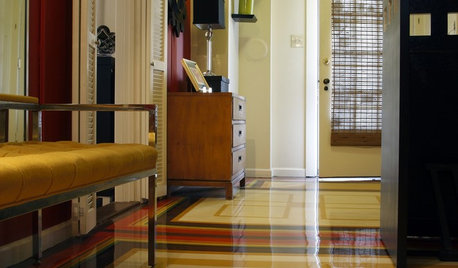
ENTRYWAYSRoom of the Day: The Most Flexible Foyer Ever
With zones for a bicycle, meditation and storage, and a hand-painted concrete floor, this entry mixes practicality and cool good looks
Full Story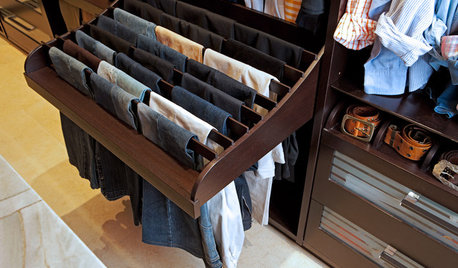
CLOSETSThe 15 Most Popular Closet Luxuries on Houzz
Turn distressing disarray into streamlined perfection with closet organizers and amenities like these
Full Story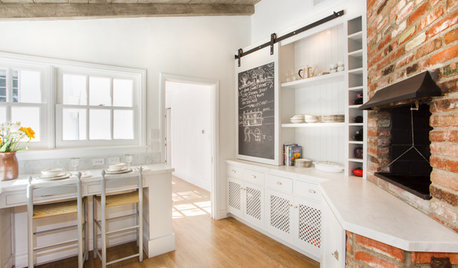
KITCHEN DESIGNThe 20 Most Popular Kitchens on Houzz
See the cool features that made these kitchens stand out from all the rest
Full Story
TREESGreat Design Plant: Southern Magnolia, Iconic U.S. Native
Massive, fragrant blooms and deep green leaves set Magnolia grandiflora apart from other large shade trees
Full Story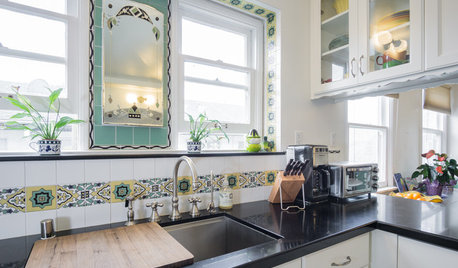
VINTAGE STYLEKitchen of the Week: Vintage Charm in Southern California
A designer helps a Los Angeles family keep the Art Deco vibe of their kitchen while increasing counter and storage space
Full Story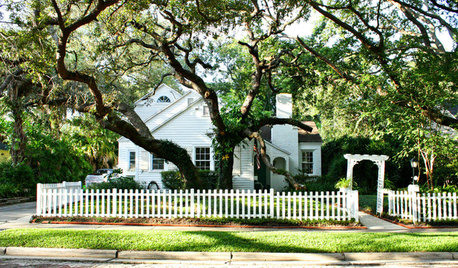
TREESGreat Design Plant: Southern Live Oak Offers an Unbeatable Canopy
Keep it dense or prune it for more light. No matter how you grow Quercus virginiana, it’s a majestic addition to its native landscape
Full Story
GARDENING GUIDESCommon Myths That May Be Hurting Your Garden
Discover the truth about fertilizer, soil, staking and more to keep your plants healthy and happy
Full Story
FLOWERS AND PLANTSHelp Monarchs and Other Butterflies by Planting Common Milkweed
Summer-blooming Asclepias syriaca is an important larval host plant for the monarch butterfly and attracts a number of pollinating insects
Full Story
MOST POPULAR5 Remodels That Make Good Resale Value Sense — and 5 That Don’t
Find out which projects offer the best return on your investment dollars
Full Story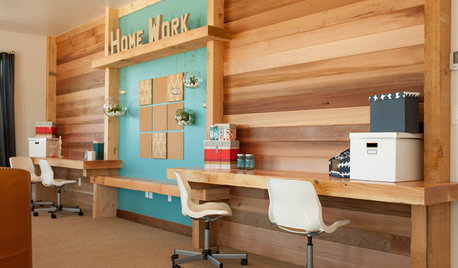
KIDS’ SPACES5 Ideas for a Great Home Learning Zone
Get your child off to a good start this school year with homework areas and strategies that reduce the frenzy
Full Story





luis_pr
tennesseestormOriginal Author
Related Professionals
Suffern Landscape Architects & Landscape Designers · Aurora Landscape Contractors · Bellefontaine Neighbors Landscape Contractors · Cerritos Landscape Contractors · Damascus Landscape Contractors · Elkridge Landscape Contractors · North Canton Landscape Contractors · San Bruno Landscape Contractors · Twin Falls Landscape Contractors · Waterford Landscape Contractors · Irvington Landscape Contractors · Greenfield Landscape Contractors · Casselberry Landscape Contractors · Pearland Swimming Pool Builders · San Lorenzo Swimming Pool Buildersdavidcf
tennesseestormOriginal Author
luis_pr
surface_noise
tnremodel
tnremodel
katrina1
tnremodel
Nell Jean
luis_pr
katrina1
longriver
cdjr